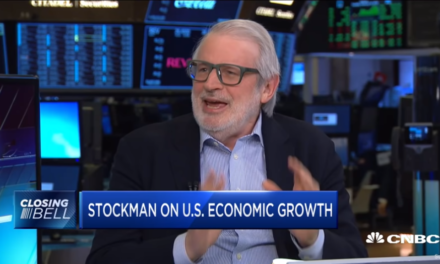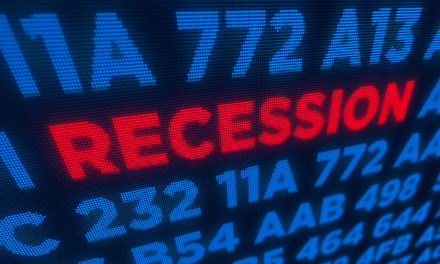The Federal Reserve seems poised to pivot from keeping interest rates steady to holding out the option of cutting rates if it were to decide that the economic expansion needs support.
The Fed isn’t considered ready to announce that it’s reducing rates for the first time in more than a decade. But when it ends its latest policy meeting Wednesday, the central bank is expected to signal an inclination to ease credit sometime within the next several months. What it won’t likely do is indicate when that might happen.
“I think the Fed is going to send the markets a clear signal that they are ready to lower rates in the very near future,” said Brian Bethune, an economics lecturer at Tufts University.
Bethune said he thinks the first rate cut will occur when the Fed next meets at the end of July and then a second one at its subsequent meeting in mid-September.
“I will be looking for two rate cuts to have an impact,” Bethune said.
Other Fed watchers have said they aren’t sure rates will be cut anytime soon. Many think the policymakers want at least to see whether a meeting that Presidents Donald Trump and Xi Jinping are to hold at the end of the month produces any breakthrough in the U.S.-China trade war.
The Fed will announce its decisions Wednesday in a policy statement after its meeting, followed by a news conference with Chairman Jerome Powell. The central bank will also update its forecasts for economic growth, employment, inflation and interest rates.
If investors are hoping for clarity about the Fed’s policy plans for the coming months, they’re likely to be disappointed. Some analysts think Powell will merely echo the theme he struck in a speech earlier this month: That the Fed will act if it thinks the Trump administration’s trade conflicts are threatening the economic expansion. That comment signaled a shift from holding rates steady to at least the hint of rate cuts, and it ignited a stock market rally.
Economists say when — or even whether — the Fed eases credit this year will depend on a host of factors that are hard to predict. Will Trump’s trade wars be resolved before they inflict real damage on the economy? Will the job market remain resilient even as growth slows? Will inflation finally edge close to the Fed’s target level?
Many analysts think the Fed will wait until September at the earliest to announce its first drop in its benchmark short-term rate since 2008 and might not cut again in 2019. A few Fed watchers foresee no rate cut at all this year, especially if the United States and China reach some tentative resolution to the trade war.
Complicating the timing of possible rate cuts is an escalation of public attacks on the Fed by Trump as he gears up for his 2020 re-election campaign. Trump’s public criticism has raised concern that he is undermining the Fed’s independence as a central bank. The president has asserted that under Powell’s leadership, the Fed hurt the economy by tightening credit too much last year and by failing to lower rates since then.
On Tuesday, Trump was asked about a news report that the White House in February had explored whether the president had the authority to demote Powell as chairman while leaving him on the Fed’s board.
“Let’s see what he does,” Trump said Tuesday of Powell. “They’re going to be making an announcement very soon. So we’ll see what happens.”
The president has previously explored firing Powell. But under the law, a Fed board member, like Powell, can be fired only for cause.
The Fed is meeting at a time when the U.S.-China trade war, with its escalating tariffs and counter-tariffs on each other’s products, has magnified concern and uncertainty for businesses and investors about whether and how much the economy will suffer. The U.S. manufacturing sector is already showing signs of weakness.
In some encouraging news, Trump tweeted Tuesday that he had spoken by phone with Xi and that the two leaders plan “an extended meeting” at a Group of 20 nations summit in Japan late next week. Trump also said that before his meeting with Xi, negotiators for the two sides will resume talks.
Also Tuesday, Mario Draghi, head of the European Central Bank, said the ECB was ready to provide further stimulus if the eurozone economy doesn’t strengthen soon.
“Further cuts in policy rates,” Draghi said, “remain part of our tools.”
Draghi’s comments sent the value of the euro tumbling against the dollar, prompting an angry tweet from Trump accusing the ECB leader of acting to weaken the euro to gain a competitive trade advantage against the United States.
Some Fed watchers think that in its policy statement Wednesday, the central bank will replace a reference to being “patient” about rate changes to some new phrasing that would hint at a forthcoming rate cut should it decide the economy needs it. When the Fed adjusts its key short-term rate, it influences rates on everything from mortgages to credit cards to home equity lines of credit and can help stimulate the economy.
© The Associated Press. All rights reserved.




